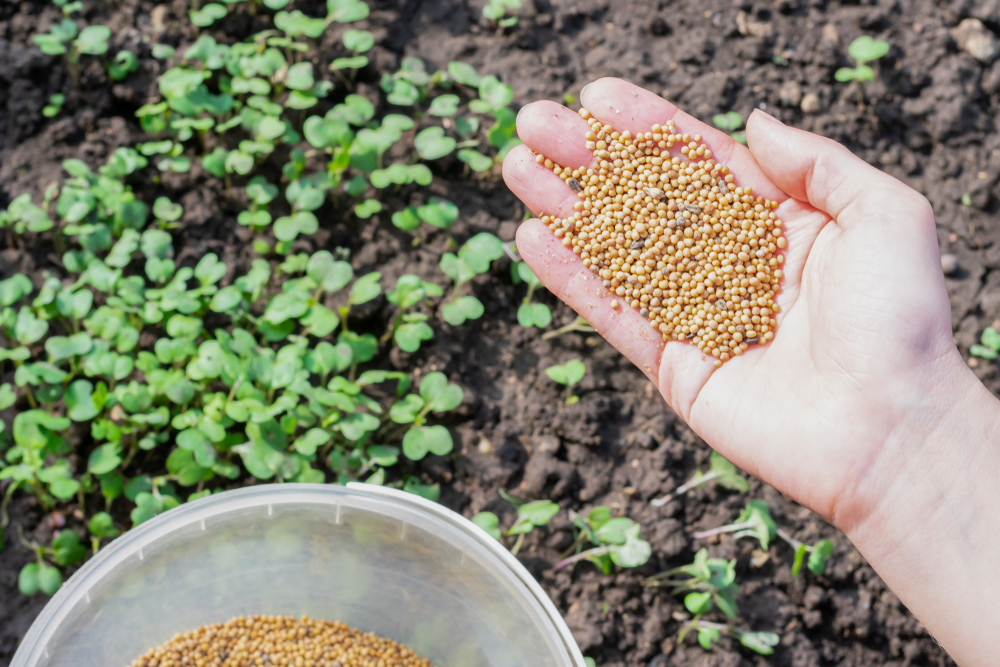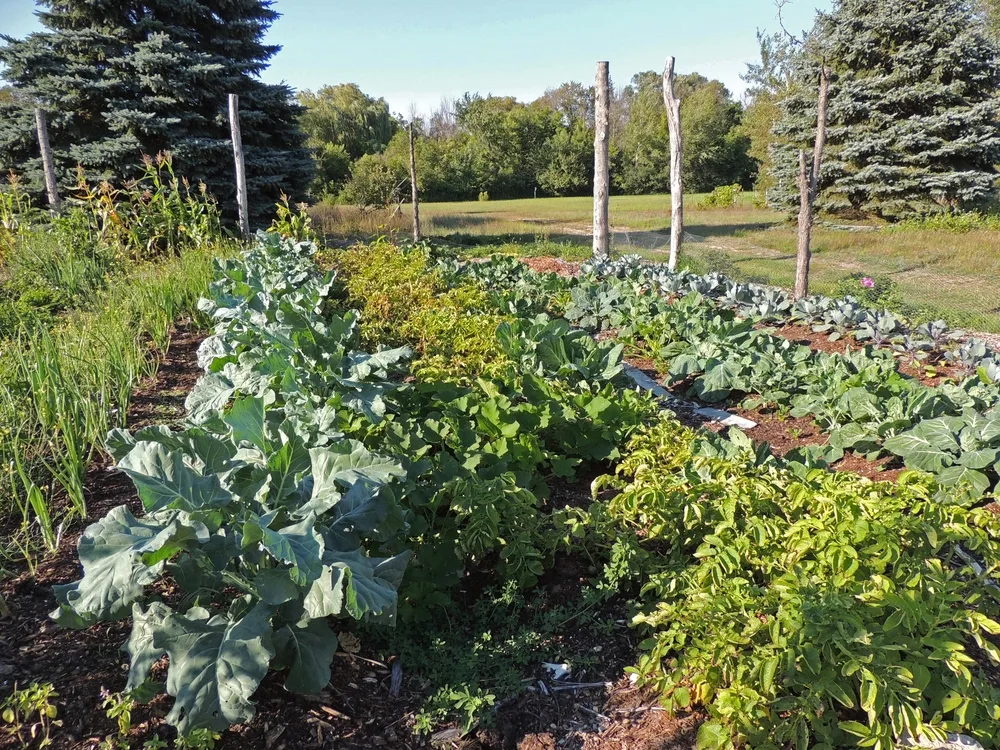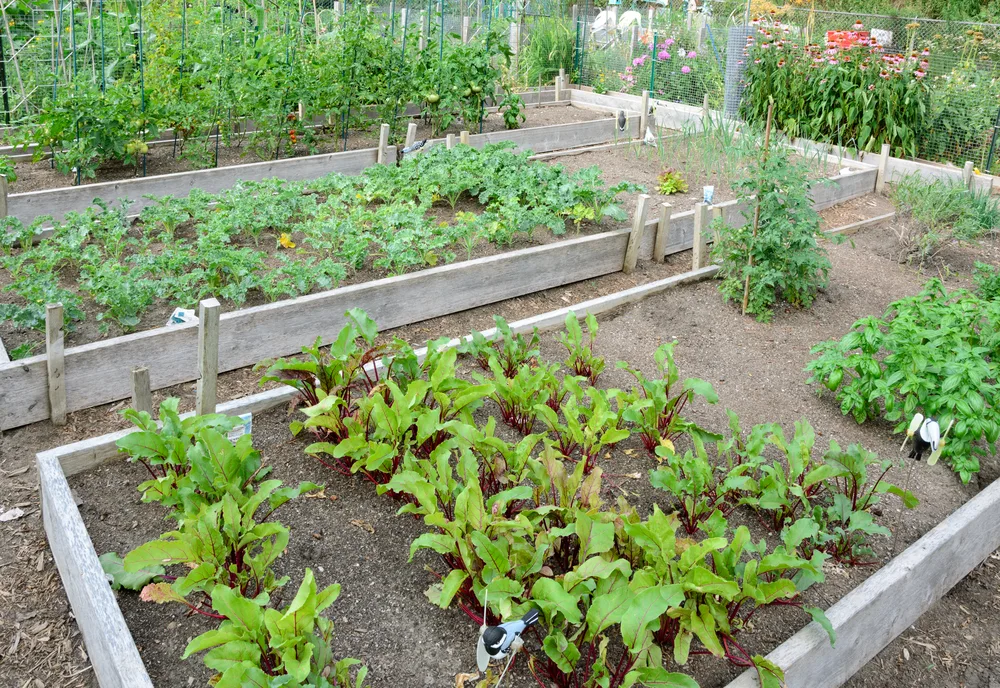Discover Pandipedia
Pandipedia is the world's first encyclopaedia of machine generated content approved by humans. You can contribute by simply searching and clicking/tapping on "Add To Pandipedia" in the answer you like. Learn More
Expand the world's knowledge as you search and help others. Go you!
Let's look at alternatives:
- Modify the query.
- Start a new thread.
- Remove sources (if manually added).
- Request a manual search from our human research team.

Gathering with friends for a wine tasting is a delightful way to explore different wines, share experiences, and create lasting memories. Organizing a successful wine tasting at home involves careful planning and attention to detail. Below is a comprehensive guide on how to host a wine tasting party that will impress your guests.
Planning Your Wine Tasting
1. Select a Theme
Choosing a theme is essential to structure your tasting. Themes can range from specific grape varieties, such as Chardonnay or Cabernet Sauvignon, to regional focuses like Napa Valley or Bordeaux. Other exciting ideas include comparisons between Old World and New World wines or even conducting a blind tasting, where guests try to identify wines without knowing their labels[1][4]. The theme adds excitement and helps you narrow down the wine selection.
2. Create a Guest List
Aim for a comfortable group size of 6-12 people, as too many guests can hinder quality discussions about the wines. Inviting friends who are interested in wine or eager to learn can enhance the experience[2][3].
3. Choose Your Wines
Select 4-8 wines that align with your theme. This number provides variety without overwhelming your guests. If you’re unsure where to start, consult a local wine shop for recommendations based on your chosen theme[3][4].
4. Prepare the Essentials
Ensure you have all required supplies, including:
Wine Glasses: Ideally, provide separate glasses for each wine, or at least rinse them between tastings.
Spittoons: Use small cups or bowls for those who prefer not to swallow every wine.
Palate Cleansers: Offer neutral snacks like plain crackers or bread to cleanse the palate between wines.
Water: Available for guests to drink and rinse glasses.
Tasting Sheets: Provide notesheets for guests to jot down their thoughts and ratings on each wine[1][2][4][5].
Setting the Scene
1. Create an Inviting Atmosphere

Use a large table to display the wines, glasses, and snacks. Soft, warm lighting can enhance the ambiance, and a white tablecloth is recommended for viewing wine colors clearly[1][6][9].
2. Arrange the Tasting Order
Typically, start with lighter wines, such as whites and sparkling wines, before moving on to heavier reds and dessert wines. This sequence helps prevent palate fatigue and allows for tasting appreciation[2][3][9].
Conducting the Tasting
1. Introduce Each Wine

Prepare a brief description of each wine, including its varietal, region, and notable characteristics. Share this information with guests before the tasting to enrich their understanding and stimulate conversation[1][7].
2. Teach the Five S's of Tasting
Guide your guests through the wine tasting process using the five S's:
See: Observe the wine's color and clarity.
Swirl: Swirl the wine to release aromas.
Smell: Inhale deeply to identify different scents.
Sip: Take a small sip, letting the wine coat your palate.
Savor: Reflect on the aftertaste and how long the flavors linger[2][5][7].
Encourage guests to discuss what they’re experiencing. Open-ended questions can help prompt conversation and enhance the learning experience, such as asking about aromas and flavors they note or how they perceive the body and texture of the wine[1][9].
3. Keep It Fun
Ensure the atmosphere remains relaxed and enjoyable. Avoid overly technical discussions, especially for guests who may be new to wine tasting, reminding everyone that there are no right or wrong answers in wine preference[1].
Food Pairing
1. Select Complementary Snacks

Food plays a vital role in enhancing the wine tasting experience. Offer a variety of snacks that pair well with the wines, such as:
Cheese: A selection ranging from mild to strong.
Fruits and Nuts: These can provide refreshing stops between tastings.
Dark Chocolate: Particularly pairs well with robust reds[1][3][5].
2. Consider a Meal
If the tasting goes into dinner, planning food that pairs well with the wines increases the pleasure of the evening. Research traditional pairings based on the wines you've chosen, as enhancing the meal with the right wine can be a highlight[1][7][8].
Post-Tasting Activities
After sampling all the wines, gather guests to discuss their favorites. This exchange can lead to lively discussions and foster connections among participants. Consider giving each guest a takeaway, such as a list of the wines tasted or some tasting notes to encourage exploration beyond your party[1][4].
Regular Tasting Opportunities
If your wine tasting is successful, consider making it a regular event. Rotating hosting duties among friends fosters a communal exploration of wine and shared experiences[3][4].
Hosting a wine tasting at home is an excellent way to connect with friends, learn about diverse wines, and create unforgettable memories. By following this guide, you can craft an enjoyable event that leaves your guests wanting more. Cheers!
Let's look at alternatives:
- Modify the query.
- Start a new thread.
- Remove sources (if manually added).
- Request a manual search from our human research team.
Get more accurate answers with Super Search, upload files, personalised discovery feed, save searches and contribute to the PandiPedia.

A natural image in machine learning refers to a digital image captured with a camera or generated by a computer that contains visual information as seen in the real world[3]. These images are crucial for training models in various tasks such as image analysis, object detection, and medical diagnostics[2]. Characterized by a rich local covariance structure, natural images exhibit complex and diverse covariance patterns often seen in photographs, paintings, and video game screenshots[1]. They are essential for teaching machines to recognize patterns and make predictions based on visual information. Additionally, natural images contain high-dimensional data encountered in everyday visual scenes, providing variability within and between categories to train models more accurately[4].
Let's look at alternatives:
- Modify the query.
- Start a new thread.
- Remove sources (if manually added).
- Request a manual search from our human research team.

Art house cinema, also known as arthouse films or art films, refers to a category of cinema typically characterized by its artistic and experimental nature, often produced outside the major film studio system. These films prioritize artistic expression over commercial appeal, aiming to provide a serious, artistic work that is often experimental and not designed for mass audiences[4].
These films are tailored to niche markets, usually inviting viewers to engage with complex themes and unconventional narratives[2][4]. They typically feature non-linear storytelling, a focus on mood and tone, and character-driven plots that explore philosophical, psychological, or social issues[2][3]. The cinematography in arthouse films is often innovative, employing unique visual styles and unconventional camera techniques to convey deeper meanings[2][3][5].
Art house films have been vital in shaping cinema by influencing mainstream filmmaking and expanding narrative conventions, with directors frequently embracing their personal visions, prioritizing craftsmanship over entertainment[3][6]. Notably, they are commonly showcased at independent theaters and film festivals, making them distinct from mainstream releases[4][5].
Let's look at alternatives:
- Modify the query.
- Start a new thread.
- Remove sources (if manually added).
- Request a manual search from our human research team.
Let's look at alternatives:
- Modify the query.
- Start a new thread.
- Remove sources (if manually added).
- Request a manual search from our human research team.

Gemini 2.5 Pro excels at coding tasks and represents a marked improvement over previous models[1]. Performance on LiveCodeBench increased from 30.5% for Gemini 1.5 Pro to 69.0% for Gemini 2.5 Pro, while that for Aider Polyglot went from 16.9% to 82.2%[1].
Relative to other large language models, Gemini achieves the state-of-the-art (SoTA) score on the Aider Polyglot coding task[1]. Gemini also achieves the highest score on Humanity’s Last Exam, GPQA (diamond), and on the SimpleQA and FACTS Grounding factuality benchmarks out of all of the models examined[1].
Let's look at alternatives:
- Modify the query.
- Start a new thread.
- Remove sources (if manually added).
- Request a manual search from our human research team.
Get more accurate answers with Super Search, upload files, personalised discovery feed, save searches and contribute to the PandiPedia.

To withstand storms, light-towers that are built on rocks out at sea are constructed with consideration to form, weight, and rigidity[1]. The form generally adopted is that of horizontal conic sections so that the vertical outline of the tower forms a curve convex to its axis[1]. With this form, a low center of gravity is obtained, and great strength is imparted to the lower part of the tower[1].
The force of inertia produced by the weight of the material of construction is a most important element[1]. To ensure rigidity and to prevent the loosening of any of the stone blocks, the stones are joined to each other by dovetailed joints and by metal bolts at the sides and at the top and bottom so that no single stone can be moved without disturbing all its neighbors[1]. The lowest course is fixed onto the rock itself in a similar manner[1].
Let's look at alternatives:
- Modify the query.
- Start a new thread.
- Remove sources (if manually added).
- Request a manual search from our human research team.

In the modern world, digital devices have become integral to our daily lives. However, the excessive use of screens can lead to a deterioration in mental health. Engaging in a digital detox—defined as a period of time when individuals refrain from using electronic devices—has been shown to produce significant improvements in mental well-being.
Understanding Screen Time and Its Effects

Excessive screen time has been linked to several mental health issues, including anxiety, depression, and sleep disturbances. A study noted that the global average screen time has risen to over six hours per day, which puts individuals at risk for various health-related problems. The nature of content consumed, as well as the duration of screen exposure, greatly influences these outcomes. Prolonged exposure to screens, particularly social media, can enhance feelings of social comparison and inadequacy, leading to increased anxiety and depression among users[4][9].
Benefits of Digital Detox
Improved Mental Clarity and Reduced Stress

Engaging in a digital detox can lead to enhanced mental clarity and reduced stress levels. Research highlights that constant notifications and information overload create cognitive fatigue, making it difficult to concentrate and make decisions. By disconnecting from digital devices, individuals can reclaim their mental bandwidth, which allows for better focus on tasks[2][9]. Limiting screen time helps improve one’s overall mood and mental well-being, as evidenced by a study indicating that participants in a detox reported better mood and mental health after reducing recreational screen use to less than three hours weekly[8].
Enhanced Sleep Quality

Many individuals suffer from sleep disruption due to blue light exposure from screens, which interferes with melatonin production—the hormone responsible for regulating sleep. A digital detox, particularly when screens are limited before bed, can significantly improve sleep quality. By decreasing screen time, especially in the evenings, individuals report better sleep patterns, leading to improved mood and decreased levels of anxiety[3][6][8].
Strengthened Real-life Connections
Digital detoxes encourage individuals to reconnect with their surroundings and foster real-life social interactions. Participants who reduce their screen time often report enhanced feelings of interpersonal connection and reduced feelings of isolation, despite initially fearing they would miss out on virtual social interactions[4][7]. These face-to-face connections are crucial for emotional well-being and help alleviate feelings of loneliness that often accompany extensive digital device usage[9].
Addressing Behavioral Issues in Younger Audiences

Research focused on adolescents and children shows that reducing screen time can lead to fewer behavioral issues and improved interactions with peers. A recent trial found that families who reduced their leisure screen time reported significant declines in emotional problems and improved social competencies among children. Specifically, participants showed reductions in internalizing symptoms such as anxiety and depression[4][8]. The positive effects were particularly pronounced for those who had a higher baseline of difficulties prior to the intervention.
Mitigating Digital Addiction
Digital addiction, often defined by a compulsive need to use devices, can have significant psychological implications. Engaging in a digital detox allows individuals to break patterns of compulsive checking and usage, which are often linked to anxiety and stress. As people undergo a detox, they develop healthier relationships with their devices, allowing for more mindful and controlled usage[7][10].
Strategies for Effective Digital Detox
To maximize the mental health benefits of a digital detox, several practical strategies can be employed:
Set Clear Boundaries: Designate specific times or days for screen-free activities to create a healthier routine. For instance, creating tech-free zones during meals or before bed can significantly enhance personal interactions and sleep quality[9].
Engage in Meaningful Activities: Utilize time usually spent on screens to engage in physical activities, hobbies, or social interactions, which release endorphins and improve mood[7][9].
Track Screen Time: Use applications that monitor and manage screen usage to better understand and reduce overall exposure. This awareness can facilitate a more intentional approach to device use[9][10].
Mindfulness and Reflection: Incorporating mindfulness practices during detox periods can enhance self-awareness concerning screen usage and its emotional impacts, helping individuals recognize the benefits of reduced digital exposure[7][10].
Conclusion
Digital detoxes provide a valuable intervention for improving mental health in an increasingly screen-saturated society. By establishing healthier relationships with technology, individuals can experience significant improvements in mental clarity, sleep quality, and overall emotional well-being. Through conscious efforts to reduce screen time, especially during pivotal moments like morning routines or before bed, one can cultivate a more balanced and fulfilling life. Engaging in these strategies not only boosts mental health but also fosters deeper, more meaningful connections with the world around us.
Let's look at alternatives:
- Modify the query.
- Start a new thread.
- Remove sources (if manually added).
- Request a manual search from our human research team.
Let's look at alternatives:
- Modify the query.
- Start a new thread.
- Remove sources (if manually added).
- Request a manual search from our human research team.

Improving soil health is crucial for boosting plant growth and sustaining a productive garden or farm. Healthy soil provides essential nutrients, retains moisture, and supports a diverse ecosystem of microorganisms and organisms that are vital for plant health. Here are effective strategies to enhance soil health based on various expert sources.
Importance of Organic Matter

Adding organic matter such as compost or well-rotted manure is one of the most effective techniques to improve soil health. Organic matter enhances soil structure, regulates water retention, and promotes beneficial microbial activity. Compost, which is created from decomposing plant and animal materials, helps increase the nutrient-holding capacity of the soil while improving aeration and drainage[1][5][6].
When incorporating organic matter, it is advised to add a minimum of a 5 cm layer over the surface before digging or forking it into the soil[2]. This approach not only improves soil fertility but also increases the diversity of soil microorganisms, which are essential for breaking down organic materials and making nutrients available to plants[6][7].
Utilizing Cover Crops

Cover crops, or green manures, are vital for preventing soil erosion and enhancing soil fertility during the off-season. These crops are grown not for harvest but to be turned back into the soil to add nutrients and organic matter. Legumes, such as clover and beans, are particularly beneficial as they fix atmospheric nitrogen, enriching the soil for future crops[4][5]. Growing cover crops also helps keep the soil covered, minimizing nutrient loss and enhancing moisture retention[2][4].
Soil Testing and Nutrient Management
Regular soil testing is critical to identify nutrient deficiencies and make informed decisions on soil amendments. Essential nutrients for plants include nitrogen, phosphorus, and potassium (known as NPK). Signs of nutrient deficiencies can include yellowing leaves or stunted growth, so understanding soil nutrient levels is key[6][7].
After testing, specific amendments can be applied depending on the deficiency. Organic options like blood meal and fish emulsion can deliver necessary nutrients without the risks associated with synthetic fertilizers[1].
Minimizing Soil Disturbance

Adopting practices that minimize soil disturbance—such as no-dig gardening—can significantly benefit soil health. By leaving the soil undisturbed, the complex network of microorganisms and organic matter can thrive, resulting in healthier and more resilient soil. This approach also enhances the soil's ability to store carbon and retain moisture[4][6][7].
When soil is disturbed through excessive digging or tilling, it can lead to compaction and erosion, negatively impacting its health. Therefore, using compost as a top layer and allowing natural processes to incorporate nutrients is preferable[4][7].
Enhancing Soil Structure

Soil structure is another critical aspect of soil health. Healthy soil should have a balance of sand, silt, and clay, which allows for adequate aeration, drainage, and root penetration. To improve soil structure, practices such as mulching are effective. Mulches help retain moisture, regulate soil temperature, and, as they decompose, add organic matter to the soil[5][6].
Incorporating soil amendments like lime or gypsum can also improve structure. Lime raises soil pH in acidic soils, while gypsum helps with compaction and drainage issues[5].
Promoting Microbial Diversity

Healthy soil is alive with a diversity of microorganisms, which play a critical role in nutrient cycling and maintaining soil fertility. Strategies such as adding compost and organic matter encourage microbial diversity. Similarly, using mycorrhizal fungi can enhance nutrient uptake by forming symbiotic relationships with plant roots[5][6][7].
Improving the soil microbiome can lead to better plant health, more resilient crops, and increased nutrient availability.
Protecting Against Erosion

Soil erosion is a significant threat to soil health, especially in areas with heavy rainfall or wind. Keeping the soil covered with plants or mulches can protect it from erosive forces. Building organic matter through strategies like no-till gardening and using cover crops also helps maintain soil integrity[4][5].
Moreover, employing water management techniques such as swales or rain gardens can help mitigate erosion by managing precipitation runoff and enhancing soil moisture levels[4][5].
Conclusion

Improving soil health is a multifaceted approach that requires attention to organic matter, crop management, soil testing, and ecologically friendly practices. By integrating these strategies, gardeners and farmers can enhance the health and productivity of their soil, contributing to sustainable agricultural practices and a resilient ecosystem. Each small step taken toward better soil management leads to substantial improvements in plant health and overall environmental quality.
Let's look at alternatives:
- Modify the query.
- Start a new thread.
- Remove sources (if manually added).
- Request a manual search from our human research team.
